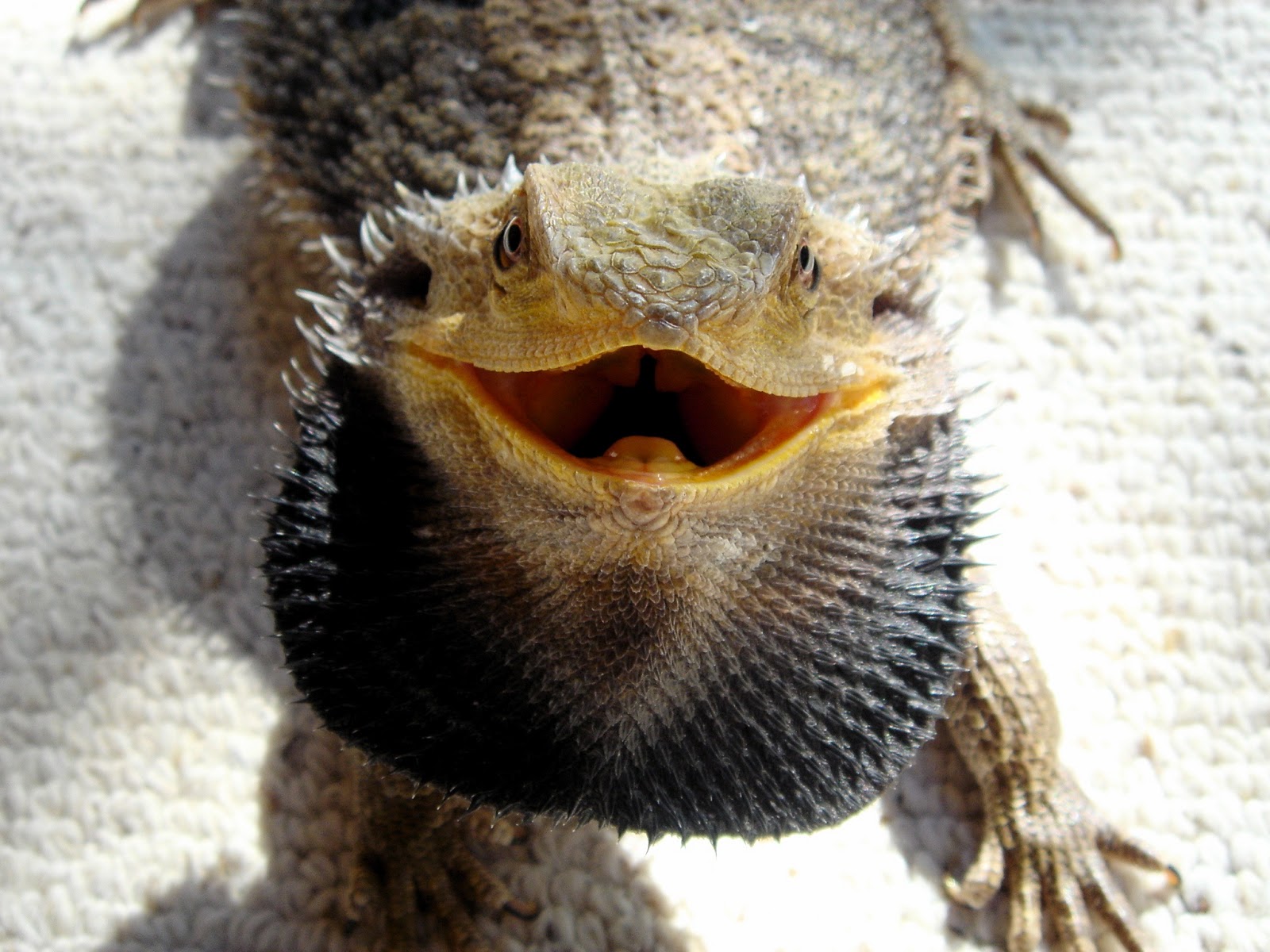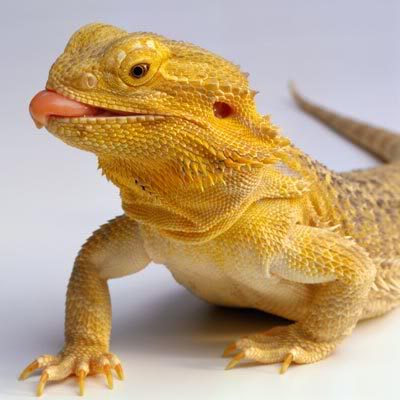Bearded Dragon Facts You Need to Know – Everything for Beginners
Bearded Dragon – The Fascinating Pets for Beginners
Bearded dragons are fascinating and charming pets that belong to the reptile family. These adorable creatures are native to Australia, but now they’re quite popular among pet lovers worldwide. They’re called bearded dragons because of their spiny chin, which resembles a beard. Bearded dragons make great beginner pets because they’re docile, easy to handle, and have a friendly temperament.
10 Interesting Facts About Bearded Dragons
- Bearded dragons can live for up to 15 years!
- They’re omnivores and can eat both insects and veggies.
- Bearded dragons are excellent climbers and love basking in the sun.
- They come in various colors, such as yellow, red, orange, and brown.
- Bearded dragons got their name from the spines around their throat that puff up when they feel threatened.
- They’re social creatures and love being around people.
- Bearded dragons are cold-blooded, so they need to regulate their body temperature by sunbathing.
- They can grow up to two feet long, including their tail.
- Bearded dragons don’t have teeth! They use their strong jaws to chew their food.
- Bearded dragons will often wave their arms as a sign of submission or greeting.
Bearded Dragon Care – What Beginners Need to Know
Before you bring a bearded dragon home, there are a few things you need to keep in mind to provide a healthy and comfortable environment for your pet. Proper diet, temperature, and lighting are crucial for your bearded dragon’s well-being. Here’s what beginners need to know about taking care of a bearded dragon:
1. Housing and Environment
Bearded dragons need a spacious and comfortable living environment. A 40-gallon tank with a heat lamp and a UV light is ideal for a single dragon. The substrate should be soft, such as reptile carpet, play sand, or paper towels. Avoid using wood chips or bark, as they can cause impaction if ingested.

2. Diet
Bearded dragons are omnivores, which means they eat both insects and veggies. Insects should make up 70% of your bearded dragon’s diet, while the other 30% should be veggies. Crickets, mealworms, and Dubia roaches are some great insect options, while kale, collard greens, and squash are some ideal veggie options.

3. Temperature and Lighting
Bearded dragons need a specific temperature range to maintain their health. The basking area should have a temperature of 100-110°F, while the cool side should be around 75-85°F. They also require UVB lighting, which helps them synthesize vitamin D3 and prevent metabolic bone disease.

4. Handling and Interaction
Bearded dragons are social creatures and love interacting with their owners. However, they can feel stressed if they’re not handled properly. Always support their body and avoid grabbing them by their tail or limbs. Handling them for short periods every day helps them get used to being around humans.
Wrapping Up
Bearded dragons are fantastic pets for beginners who want to keep reptiles. They’re intelligent, friendly, and easy to care for. By providing a comfortable living environment, a proper diet, and the right temperature and lighting, you can keep your bearded dragon healthy and happy. With the facts mentioned above, you’re now ready to give your pet a loving and caring home. Happy bearded dragon parenting!
